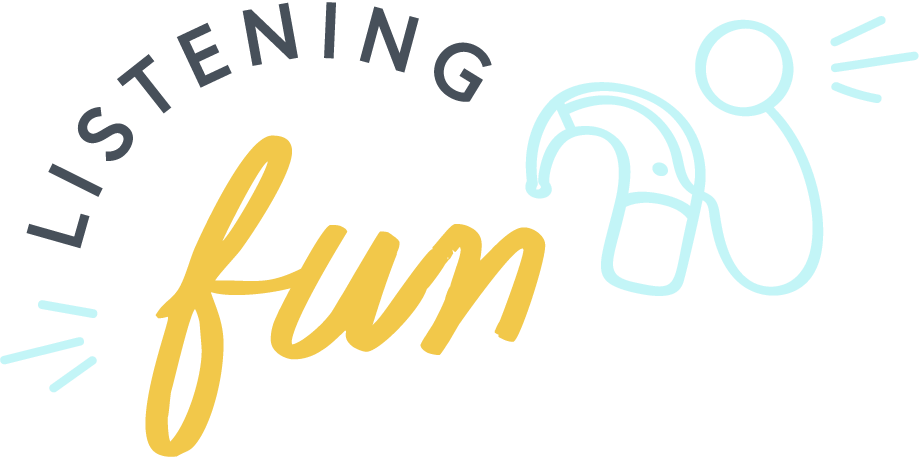5 Auditory Memory Strategies
Memory impacts a person’s ability to perform almost any activity. There are different kinds of memory: including long-term memory, short-term memory, working memory, auditory memory, and visual memory. Auditory memory is the ability to take in information that is presented orally (out loud), process it, retain it in one’s mind, and then recall it. Students with hearing loss benefit from direct instruction of auditory memory strategies and activities to help them improve their auditory memory and therefore, overall comprehension of spoken information.
The overall goal of targeting auditory comprehension is to help students think about what they are hearing and better understand and comprehend auditory information. Here are some specific auditory memory strategies that I teach my students for helping to improve their auditory working memory:
Self-rehearsal
Self-rehearsal involves the repetition of words, It can be silent in your head, or quietly to yourself. People naturally do this all the time. If I have to remember a short list of items at the store, I might repeat them to myself over and over: bananas, bread, eggs, bananas, bread, eggs. One way I practice this with my students is with following multistep directions. They self-rehearse the directions before completing the task. Having them repeat the direction back to me before completing it not only helps them complete the task correctly, but it also practices a strategy that can be applied in everyday life.
2. Visualization
One way that I teach students to visualize is to picture what they hear in their head.I like to practice this skill with barrier games and other drawing activities. I will create a scene and then describe it to them, asking them to hold the image in their head. Then they draw it with as many details as they can remember. Once they understand the visualization strategy, we apply it to listening and reading comprehension tasks. Visualization is also a reading comprehension strategy, and practicing it can help the student understand new information whether it is presented auditorily or through text.
3. Chunking
Another auditory memory strategy is teaching students to break up what they are hearing into smaller parts. The best example of this is phone numbers. Phone numbers are chunked into 3 or 4 numbers and that makes them easier to remember. This works best for lists of items or numbers. There is a fun auditory memory game called “I’m going on a picnic.” Each person takes turns adding one thing that they are bringing to the picnic. As the list gets longer, I show my students how I am able to remember so many items by chunking them into smaller groups. You can also use chunking when recalling multistep directions.
4. Paraphrasing
Paraphrasing is another important strategy that I teach my students to help with their auditory memory. Rather than trying to remember everything that someone is saying, we focus on the important information that you hear. Good listening skills go hand in hand with this strategy. I teach my students to look at the person who is speaking, focus their attention, and actually think about what they are saying. Being able to identify the important information from the fluff language is helpful in understanding the message as a whole.
5. Repetition
Repetition is a helpful strategy for auditory memory because everyone misses something at some point, and students need to know the best ways to ask for repetition. Students can ask the speaker to repeat. Even better, I teach them to repeat the part they did hear and ask for clarification. For example, if the teacher was giving directions about an art project and the student didn’t hear everything, it would be better for them to ask “What did you say about the art project?” compared to just “What?” This shows the other person that they were trying to listen, and allows them to properly fill in the information that the student missed. In addition to repetition, students can ask a speaker to say it louder, slower, or give more details if they know why they did not hear it the first time.
Auditory Comprehension Strategies and Passages Can Help
I love to use these Auditory Comprehension Strategies and Passages because they work on all of the skills that I discussed above. They include direct practice for each of the auditory memory strategies and 10 listening passages to apply these skills further.
Auditory memory is one of my favorite skills to work on with my students! I hope these strategies are helpful and give you some new ideas.
Happy Teaching!
-Deanna
Save this post for later:





